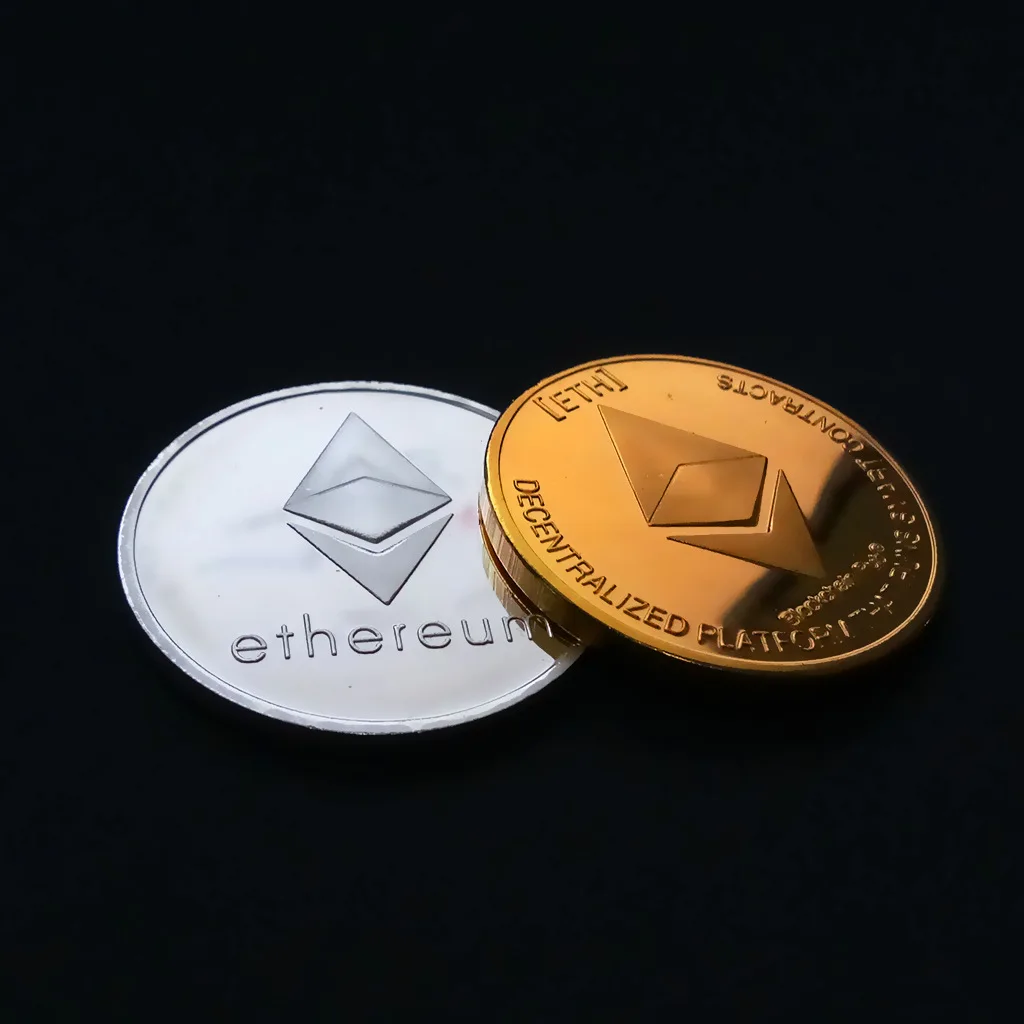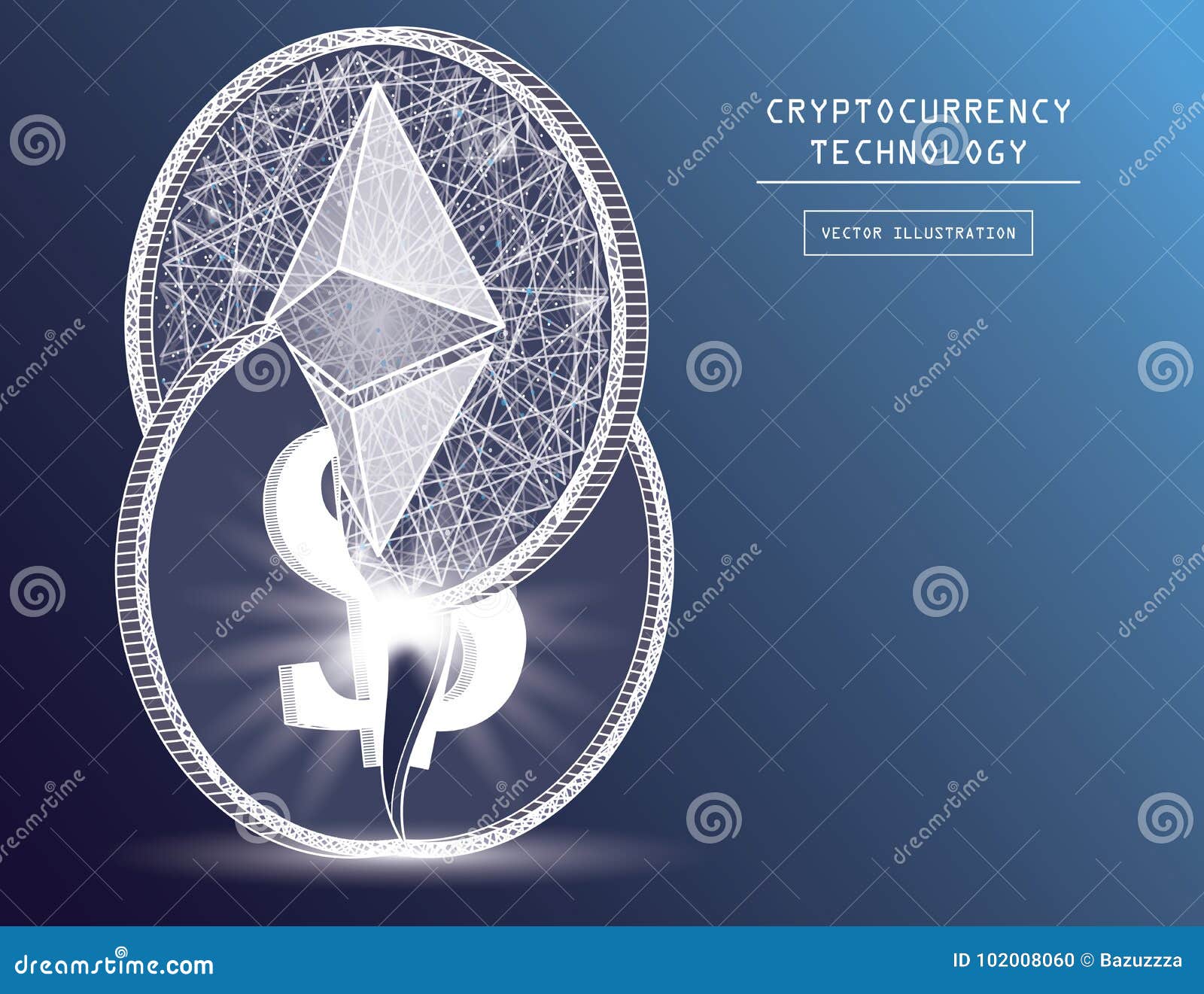

Users control what ads and cookies they do and don’t want to block. Brave Browser blocks website trackers and third-party cookies by default. Īs of February 2022, Brave has 30 million monthly active users, 10 million daily active users, and 1 million verified creators, according to its website. Basic Attention Token (BAT) is a perfect example of how DeFi can provide a new model for other economic sectors.īAT brings a Web3 solution for digital advertising via its Brave - a privacy-centric web browser. But the new world of DeFi offers so much more. The DeFi tokens mentioned above focus primarily on improving or replacing traditional finance apps. Basic Attention Token (BAT) & Digital Ad Platforms As of early 2022, however, SushiSwap has just one active governance proposal. Like the above-mentioned AAVE token, holding SUSHI also entitles users to governance rights.


Then, the platform distributes SUSHI tokens as rewards to liquidity providers. The platform takes a cut from transactions occurring in its liquidity pools. ETH/DAI), liquidity providers for that trading pair’s liquidity pool generate rewards. traders) place orders of a specific trading pair (i.e. liquidity providers) deposit funds into liquidity pools. On the SushiSwap exchange, users trade ETH and a wide range of ERC-20 tokens from their digital wallets. SushiSwap is a decentralized exchange (DEX) that runs on the Ethereum blockchain. Maker (MKR) and Compound (COMP) are two examples of similar, highly popular lending/borrowing DeFi tokens. For example, AAVE holders determine whether or not to add specific cryptocurrencies to Aave lending/borrowing markets. Users who hold the AAVE token can vote on important decisions that impact the future of the protocol - called “governance” - through Aave Improvement Proposals (AIPs). Users can lend and borrow cryptocurrencies, including DAI, USDC, ETH, AAVE, and MATIC. This DeFi application supports the Ethereum, Avalanche, and Polygon blockchain networks. Aave (AAVE) & Lending/Borrowing ProtocolsĪave is a DeFi protocol that allows users to generate and borrow crypto. Nonetheless, the demand for ETH among institutions is on the rise. The Ethereum network’s lack of scalability - where ETH gas fees are often more expensive than the funds end-users wish to send - currently presents the biggest barrier to adoption.įor this reason, many end-users and developers have begun to adopt other blockchain networks such as Cardano (ADA) and Avalanche (AVAX) - which are more scalable, have lower gas fees, and support similar types of DeFi applications. Do you want to approve a transaction on your digital wallet for any Ethereum-based DeFi application? You’ll need some ETH to pay for the gas. These fees go to validators who verify transactions on the network. Users need ETH to pay network fees (known as gas fees) for each transaction on the network. Although ETH is technically a coin rather than a token, its utility in the DeFi space is unrivaled. Ethereum (ETH) & Protocol Gas CoinsĮthereum is the first blockchain to introduce smart contracts - programming logic that creates automated rules for crypto transactions - resulting in over 200 DeFi applications for lending/borrowing, decentralized trading, and yield farming.ĮTH is the native coin of the Ethereum blockchain. However, AAVE has utility within its own DeFi lending/borrowing protocol. AAVE isn’t required for all transactions on the Ethereum blockchain like ETH. For example, AAVE is an ERC-20 token that uses the Ethereum blockchain. Users must have ETH to pay network fees for any transaction that takes place on Ethereum.Ī DeFi token can also use an existing blockchain rather than its own blockchain. For example, ETH is a DeFi coin and the native currency of the Ethereum blockchain. Terms “DeFi coin” and “DeFi token” are sometimes used interchangeably in the crypto space, yet their definitions have important differences.Ī DeFi coin runs on its own blockchain. A DeFi token can be any cryptocurrency that powers a decentralized exchange, lending/borrowing protocol, or even a digital advertising platform. The exact definition of a DeFi project varies. In this post, we’ll examine the four examples of popular DeFi projects and the tokens that power them, as well as the top DeFi tokens by market cap listed on Abra. Many DeFi protocols have their own cryptocurrencies, which users commonly refer to as DeFi tokens. DeFi offers a new global financial system that is more accessible and transparent than traditional finance.Īs of February 2022, DeFi applications held nearly $100 billion in crypto assets, according to DefiPulse. Decentralized finance (DeFi) is an exciting and constantly expanding sector within the blockchain space.


 0 kommentar(er)
0 kommentar(er)
